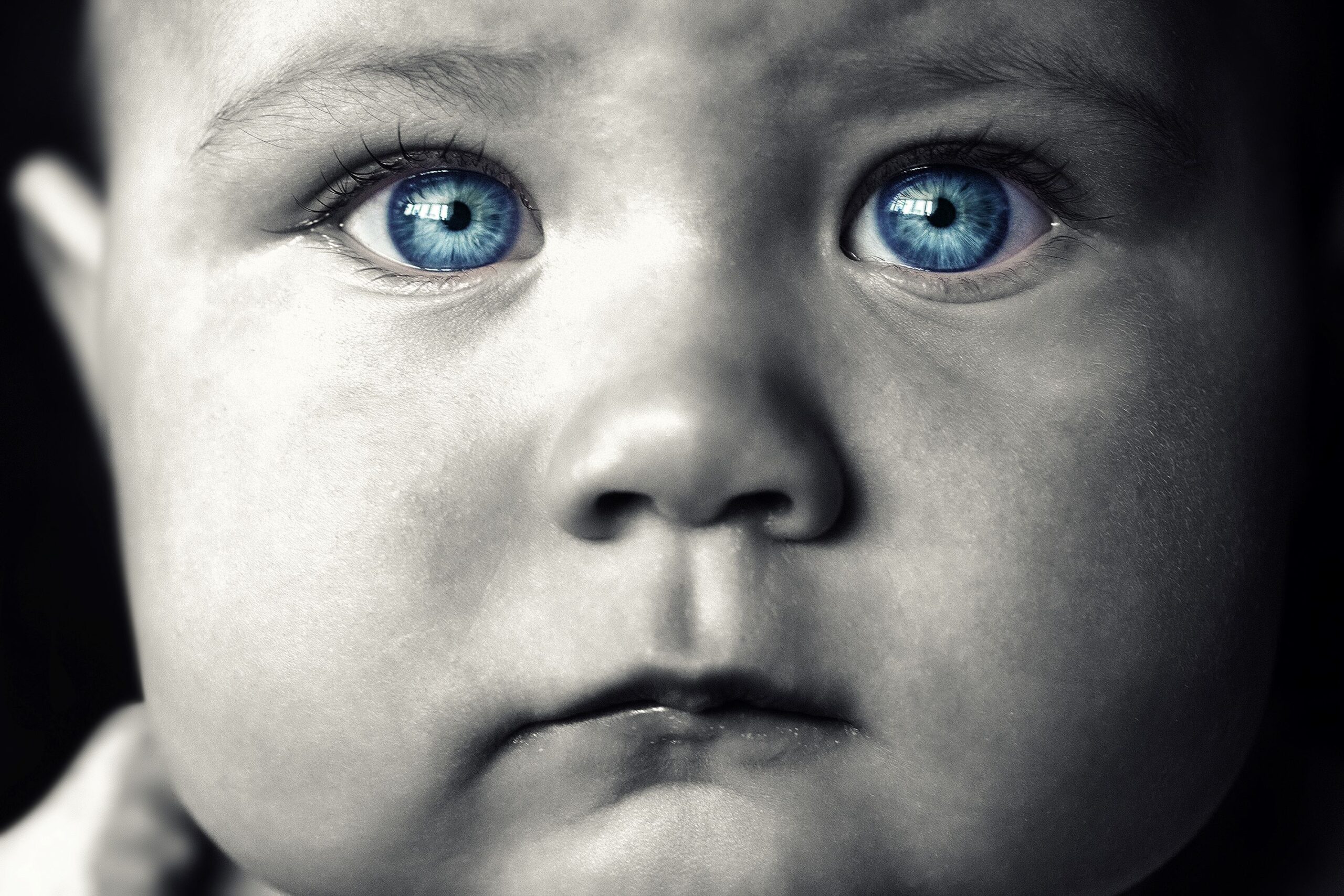Thousands of years ago, no human being was born with blue eyes. Everyone, without exception, had brown eyes as a result of the high concentration of melanin in the iris. This is a pigment that not only gives eyes a rich color but also protects them from solar radiation.
Read also: Soft2Bet Growth in iGaming: From Small Brands to Large-Scale Ideas
However, about 6,000-10,000 years ago, a genetic mutation probably occurred somewhere on the Black Sea coast. It did not destroy melanin completely, but only “turned off” its production in the eye, which led to the formation of the iris of a light color.
The mutation affected the HERC2 gene, which regulates the activity of another gene, OCA2, responsible for the synthesis of melanin. Instead of bright brown eyes, this first person had gray-blue eyes. Given that 99.9% of all people with blue eyes today carry the same mutation, we can say with a high degree of certainty: they had a single common ancestor.
Today, blue eyes are found in 20-40% of people in Europe, most commonly in Scandinavia and the Baltic region. In the United States, such people are about 9%. From the point of view of biology, blue eyes are the result of a “breakage” of the gene and not a specially evolutionarily selected feature. Nevertheless, this genetic accident has made the appearance of millions of people more diverse and expressive.
Why Is the Color Blue an Illusion?
At first glance, it would seem that blue eyes have their own pigment like green or brown eyes. But it doesn’t. In fact, the iris of a blue-eyed person is almost devoid of melanin. That is, the very brown substance that is responsible for the saturation and depth of eye color.
What we perceive as blue color is not a pigment, but an optical trick. Light entering the iris is scattered in its multi-layered structure. Because of the lack of pigment, the short-wave rays (mostly blue) are reflected more strongly than the others, and it is these that the observer sees. The same effect explains why the sky appears blue: Rayleigh scattering acts both in the atmosphere and in the iris.
Interestingly, the same mechanism makes green eyes even more mysterious. They appear against the background of a moderate amount of melanin and specific light scattering. Blue eyes are, in fact, “empty” irises, where light plays the role of an artist. It’s one of those marvels of biology that says: not everything we see is really what it seems.
5 Facts About Blue Eyes that May Surprise You
We have also collected 5 interesting facts about blue eyes that will be easy to surprise your friends with.
All blue-eyed people are distant relatives
Scientists from the University of Copenhagen have found that almost all blue-eyed people carry the same mutation in the HERC2 gene. It blocks the OCA2 gene responsible for melanin production. So, in essence, one single “switch” turned off the brown color.
It’s impossible to predict whether a child will have blue eyes
The genetics of eye color is more complex than previously thought. It is now known that at least 16 genes are involved. Even if both parents are blue-eyed, a child may be born with brown or green eyes.
Eye color can change with age
Many babies are born with blue eyes simply because the melanin in the iris has not yet had time to develop. As they grow older, the color may darken, sometimes to the point of turning brown. This process usually takes a few months to three years.
Blue eyes are more sensitive to the sun
Less melanin makes blue eyes less protected from ultraviolet light. This increases the risk of developing a rare form of uveal melanoma cancer. At the same time, such eyes are less likely to suffer from cataracts.
Blue eyes are risky and aesthetic at the same time
Light-colored eyes are more likely to experience discomfort from bright light, but they

have long been a symbol of beauty and even mystery in Western culture. It’s no wonder that the colored lens market has been offering everyone interested in trying the “blue look” for years.
A Genetic Mystery and a Modern Precaution
Having blue eyes is not just an appearance feature. It is a legacy of ancient accidents, the effect of light scattering, and the result of the work of many genes. Yes, they are beautiful. Yes, they’re rare. But with them come their own characteristics.
If you are blue-eyed, think about it: do you wear sunglasses, do you protect your eyes from UV rays? Or maybe you should make it part of your daily ritual, like brushing your teeth? After all, even such a seemingly insignificant detail is still the result of one of the most interesting biological twists in human history.
Blue eyes are a little bit of magic, a little bit of science, and one very ancient mistake of nature that turned into evolutionary luck.


Comments are closed